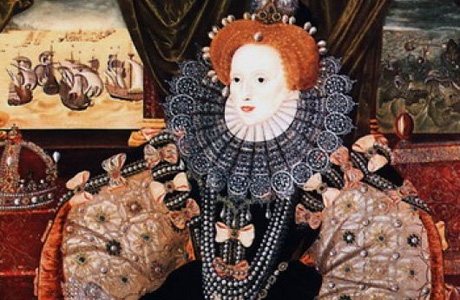
History
Through careful resource management, industry best practice and a respectful partnership with Nature, Australia is today recognised as the source of the world’s rarest and most valuable pearls.
This is the story of the Australian pearling industry.
The Beginning
The cultured pearling industry is a young one – barely 100 years old. By contrast, divers have gathered wild oysters for their natural pearls for at least 4000 years.
Pearl fishing is thought to have begun in the Arabian Gulf and Gulf of Mannar. Pinctada radiata, the primary species of pearl oyster in these regions, produced fine quality pearls in small sizes, with rare exceptions exceeding 12 grains (approximately 8mm).
Historically, larger pearls from Pinctada maxima oysters came primarily from the Malay, Mergui (Burma) and Sulu (Philippines) archipelagos. Traders began bringing pearls from Sulu to India and the Middle East after Malaysia's adoption of Islam sometime between the twelfth and fourteenth centuries AD. Pearls were traded from the Malay Archipelago for nearly 400 years.
When colonists discovered the pearl beds of the Caribbean and Panama around 1500, great quantities of pearls from the Pinctada mazatlanica oyster made their way to Europe. The trade in pearls from the Americas resulted in a period known among jewellery historians as ‘The Great Age of Pearls’, however by 1650, these shell beds were on the verge of extinction from overfishing.
The next great boom began when compressed air diving allowed access to the rich pearl oyster beds off the coast of north-western Australia in the mid-nineteenth century.
By 1910, Broome had become one of the most important pearling centres in the world, with nearly 400 luggers and over 3500 people employed in the fishery.
Natural pearls from the Australian Pinctada maxima – today known as the Australian South Sea pearl oyster – were soon recognised as the finest in the world, as noted by Kunz in his seminal text "The Book of the Pearl".
Such was the importance of natural pearls to the economy that in 1922, the Australian Government passed legislation prohibiting the culturing of pearls, to protect the natural pearl industry. This law remained in effect until around 1950.
As a result of a strict quota system that ensures that catches are maintained at sustainable levels, and the good fortune of an isolated and pristine environment, Australia now has the world's last significant beds of wild Pinctada maxima oysters.
Australian South Sea pearls are now cultured using a process that mimics the natural cycle as closely as possible. Important natural pearls are still occasionally discovered and due to their rarity they can command extraordinary prices.
The Modern History of Pearling
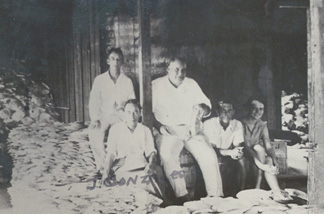
Commercial pearling commences in Australia
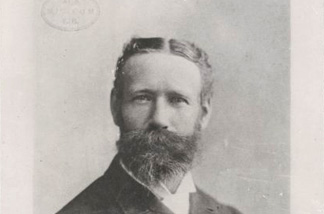
Beginning of the cultured pearl era

Mikimoto pioneers the cultured pearl industry

Nicholas Paspaley Sr. begins pearling
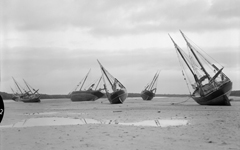
The decline of the mother-of-pearl industry
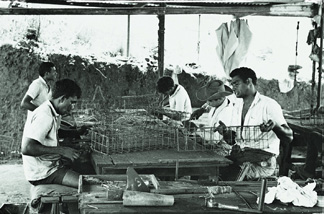
First Australian pearl farms established
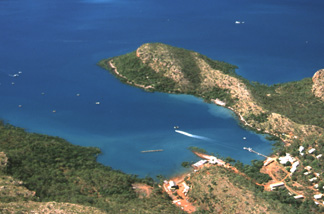
Kuri Bay established

Hard-hat diving makes way for the hookah system

Paspaley opens independent pearl farm
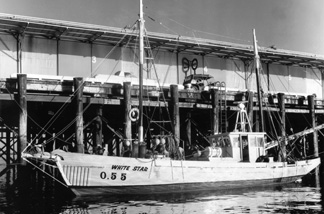
The development of oyster transport techniques and processes
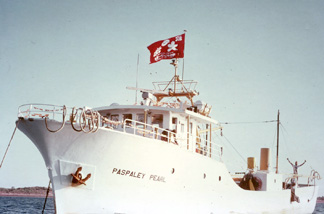
The beginnings of a modernised industry

Paspaley enters partnership with Kyokko Industry Co.
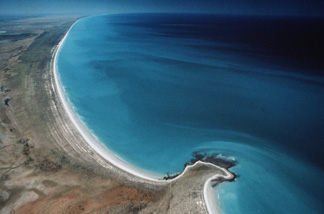
First operations on the pearling grounds

Nicholas Paspaley, MBE
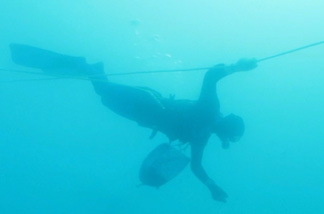
Pearl Producers Association and Diving Code of Practice established

MV Paspaley III launched

Sotheby's South Sea pearl necklace sells for record price
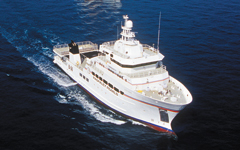
MV Paspaley IV launched
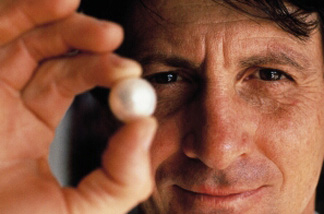
Paspaley Pearl discovered

La Peregrina sells for $11.6 million USD
Pearling in Australia
Beautifully filmed in black and white, this classic short film looks at pearling in Australia in the late 1940s.
From the National Film and Sound Archive of Australia.
A Department of Information production.
© 2011 National Film and Sound Archive of Australia.
